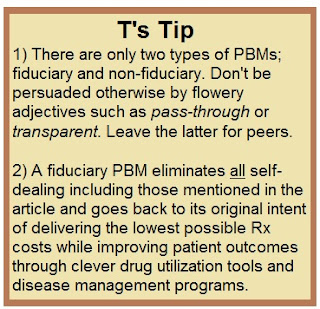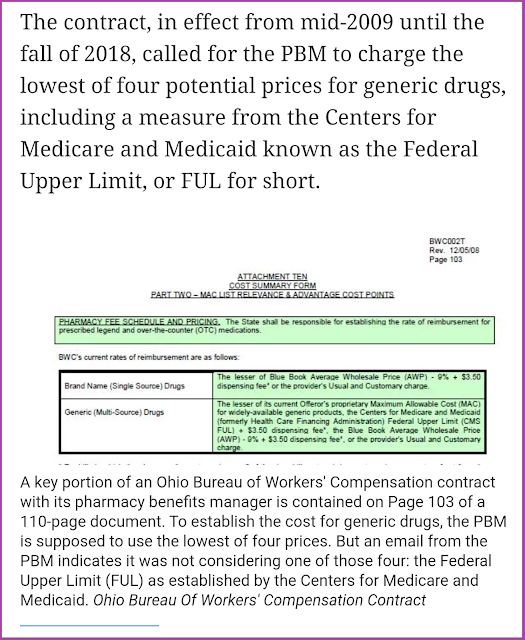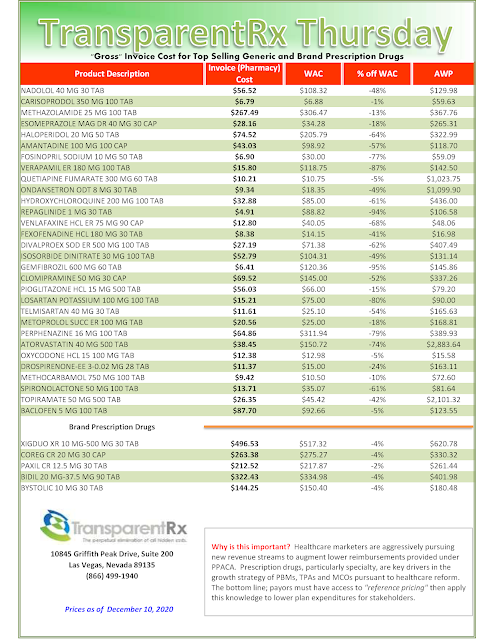Most consumers and employers alike are unhappy about the cost of drug prices. In 2016, the U.S. spent $450 billion on prescription drug costs, and spending is projected to increase to $610 billion by 2021. Even though 90 percent of prescriptions filled in the U.S. are for generic medications, brand-name medications account for 74 percent of spending on medications in the U.S. Generics save Americans billions every year. In fact, generics saved U.S. consumers $253 billion in 2017 and over $1 trillion in the past decade.
FAST FACTS: GENERIC AND BRAND-NAME MEDICATIONS
- All brand and generic medications go through FDA approval to show the medications are safe
and effective before sale in the U.S.
- Not all medications have generic versions.
- A brand medication is the “innovator” or pioneer, and gets patent and exclusivity protection so generics can’t compete right away.
- Generic medications must meet the same quality, strength, and purity standards as brands, so they have the same benefits and effects.
- Generics must have the same strength, dose, route of administration, and active ingredient(s) as the brand
- Brands and generics don’t look exactly alike (color, size, shape, packaging), but they work the same.
- Generic medications cost a lot less than brand names.
What are generic drugs?
Generic medications are a chemical copy of the original brand, with the same active ingredients. Generics are also available at a lower cost than brand-name medications. In fact, generic drugs cost 85 percent less than the brand version on average.
FDA gives patent and exclusivity protection to brand manufacturers to allow them to profit from their innovation and research for several years. During this time, no generics can compete with the brand. Once the patent has expired, generics can enter the market through a shortened FDA approval process. Generic medications need to meet the same quality, safety, and effectiveness standards as brands.
Tyrone’s Commentary:
The generic dispensing ratio (GDR) or the number of generic fills divided by the total number of prescriptions is a standard performance metric on which pharmacy benefit designs and their managers are routinely evaluated. For every 1% increase in GDR a plan realizes a 1.5% – 2% reduction in net cost. For this reason, no plan should have a GDR less than 89% unless efficiency (i.e. eliminating wasteful spending) isn’t the #1 goal.
Are generic drugs always safe to take?
Yes. Generic medications must meet the same quality standards for approval by the FDA as brand-name medications. Generics have to prove they are bioequivalent to the brand version. Bioequivalence means the generic works the same way and provides the same benefits.
It’s the FDA’s job to monitor drug safety. They inspect over 3000 drug manufacturer facilities around the globe every year. The FDA also monitors generic medication safety after drug approval. If the FDA discovers problems with safety or quality, a recall is issued for the affected medication to keep the public safe. For example, if there are reports of a medication causing side effects, or adverse reactions, FDA investigates and acts when needed.
You may have heard about different blood pressure medications being recalled, as well as and the heartburn medication Zantac. These medications had trace amounts of cancer-causing impurities. FDA issued recalls on these medications to remove them from the market. FDA also increased safety checks to prevent contamination problems in the future.
Is there a difference between a generic and name-brand version of a drug?
Generic medications go through testing for quality, strength, purity, and potency to show effectiveness before approval by FDA. They must have the same active ingredient and provide the same benefits. There are a few differences, however. Generic and brand medications don’t look the same. Generics may have slightly different inactive ingredients (fillers, binders, flavors, etc.). These don’t affect how the medicine works.
<<Continue Reading>>










